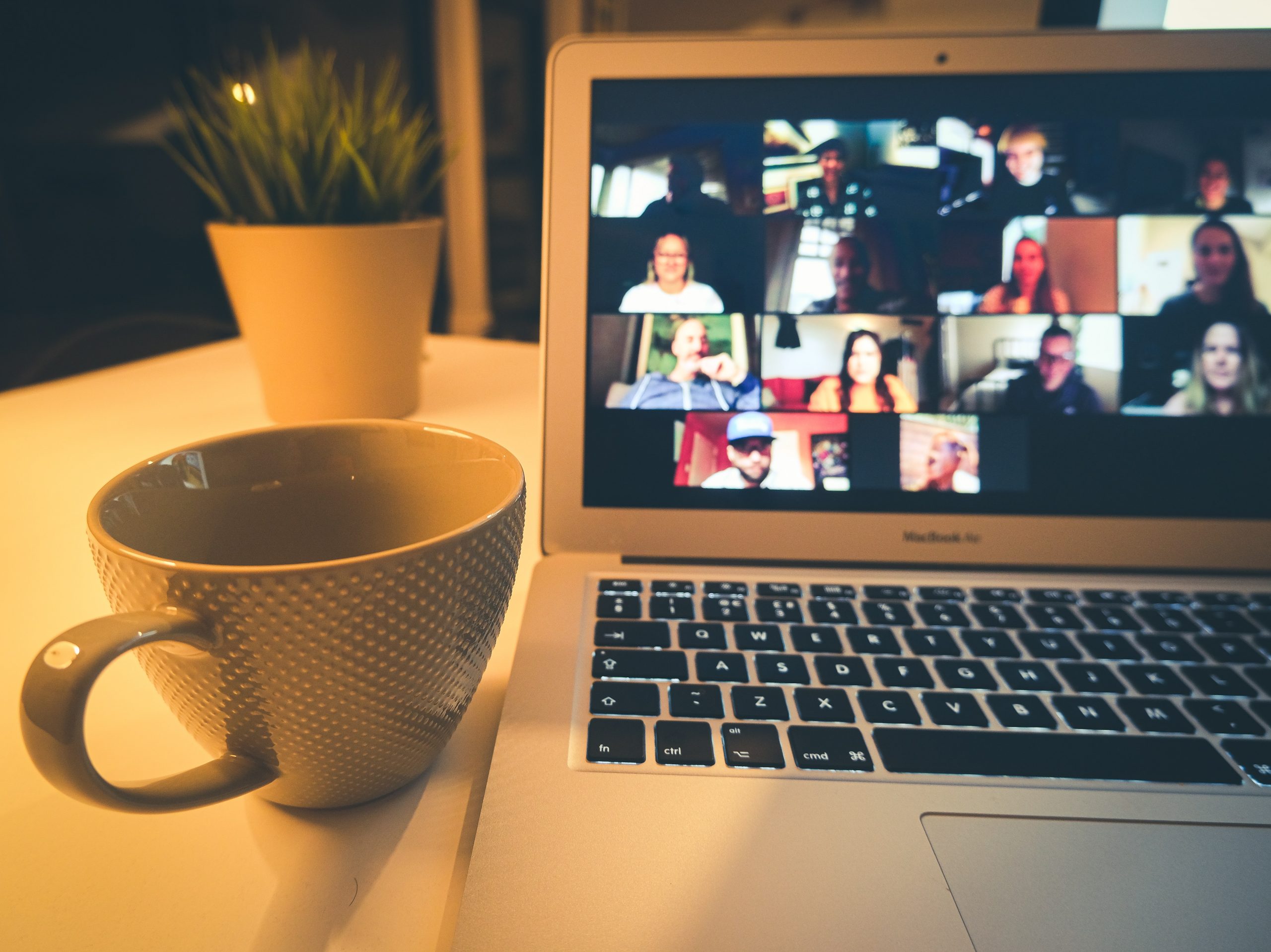A recap of our final WD Flex: Back to the Office event featuring Google’s Jeremy Neuner.
WDM closed out our five-week WD Flex program with Google’s Jeremy Neuner.
Our multi-faceted panels have looked at all the options and potential for planning, designing, and providing the best workplaces possible. One thing is clear, there are not right answers, and there will not be a one size fits all solution. The office will continue to exist but just not the same old, same old but perhaps a more dynamic and effective tool for businesses to build their culture and empower their employees.
The ”why” of the workplace has been a continuing interest for Jeremy throughout his career. Thoughts on Post-COVID pushed the advances in technology to support the workplace. Here are the key takeaways from the conversation:
- The pandemic pivot to WFH was a great “natural experiment.”
- The pandemic did not cause that shift but accelerated some of the changes that were already happening due to the advances in technology to support remote work, work from anywhere and some requirements for increased flexibility within the workforce.
- Work has evolved over time but historically each phase, Hunter/Gatherer, Agricultural, Industrial/Information Economy – all have worked because people work best “together”.
- People had to be in the same place at the same time to get work done. Now that is not necessarily the case. We can work together, in different places/time zones through our increasingly accessible technology.
- What we need to think about now is the WHY of workplace. Culture, cooperation, innovation, those things happen best in person.
- That technology now allows people to pick and choose the time and place they want to work, and companies have to figure out how to design the places where they will want to do the work.
- Going forward, decisions about workplace, how big, where, how much, what kind will be more driven by employees. Thus employers need to engage with their employees to get the data and information to support their workplace decisions.
- What works today may be different tomorrow. We are in the initial phases, taking “baby steps” to realizing the optimal workplace. And that will be different for each business.
- Technology tools, AR and VR will not take the place of “real” communication – people to people, not avatar to avatar. While those tools may be helpful, they are not a substitute for human connection.
- The workplace design community will have to develop places where people will want to be, bring people together for a shared experience.
- Spaces will need to be designed to give people choice and acknowledge and support different work modes.
- The workplace can not only facilitate but inspire the creativity and collaboration that companies want and need. CRE is not dead, by a long shot.



